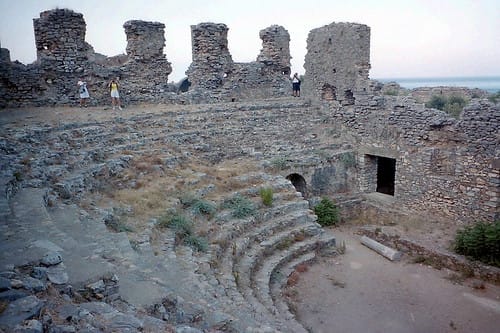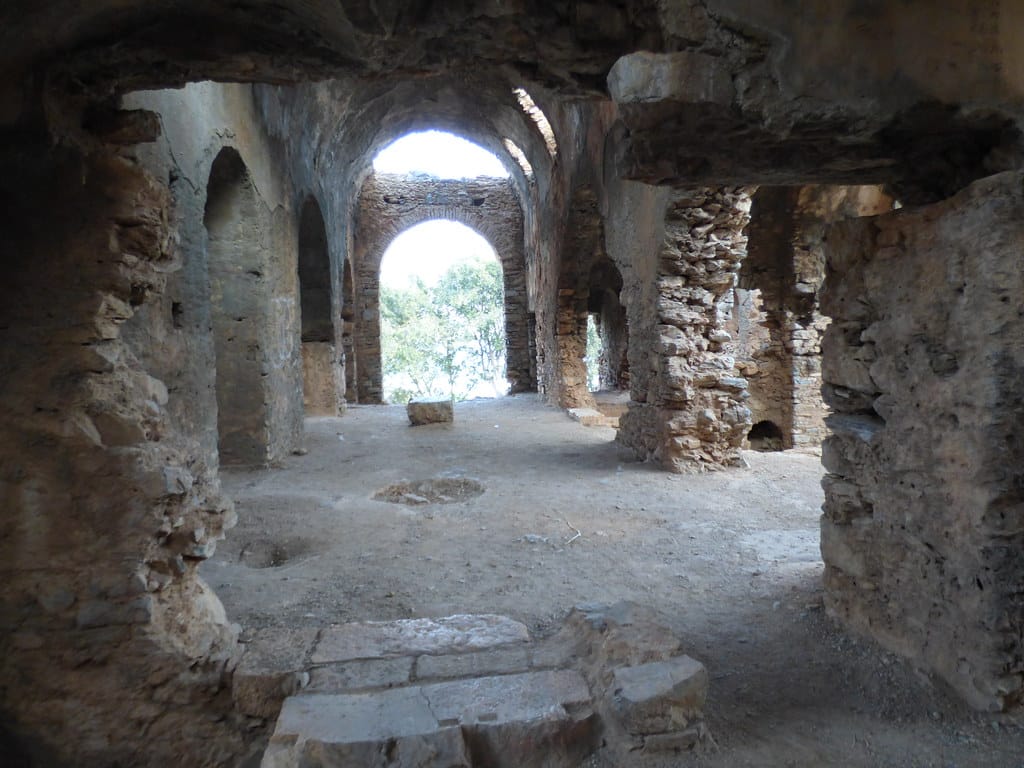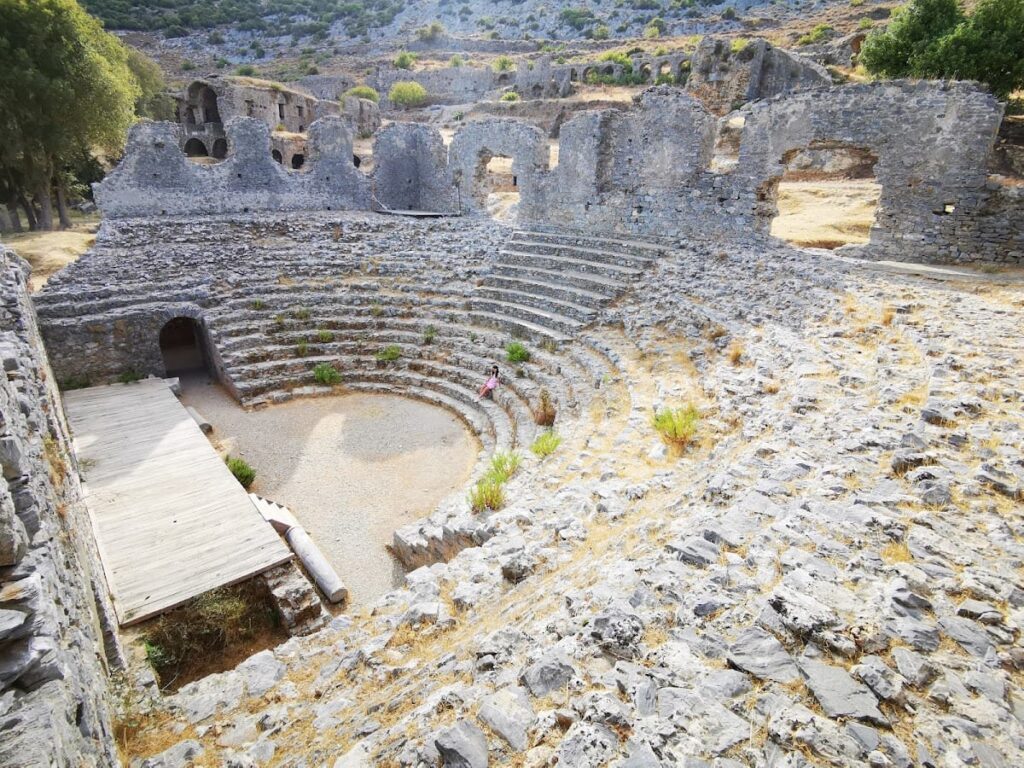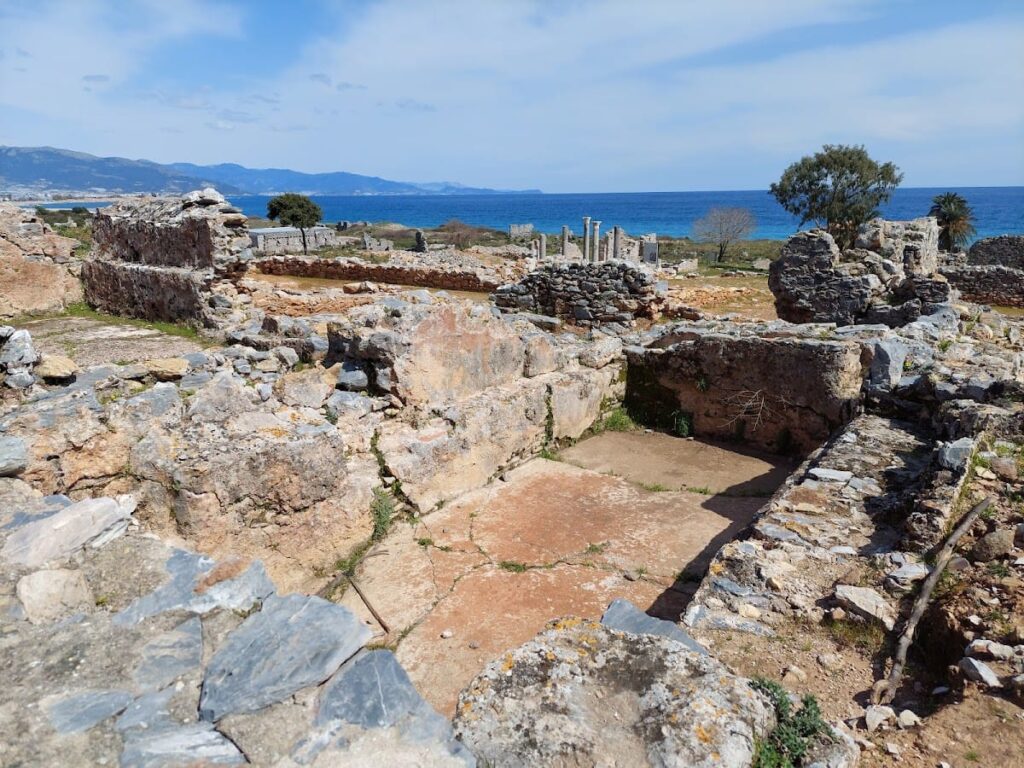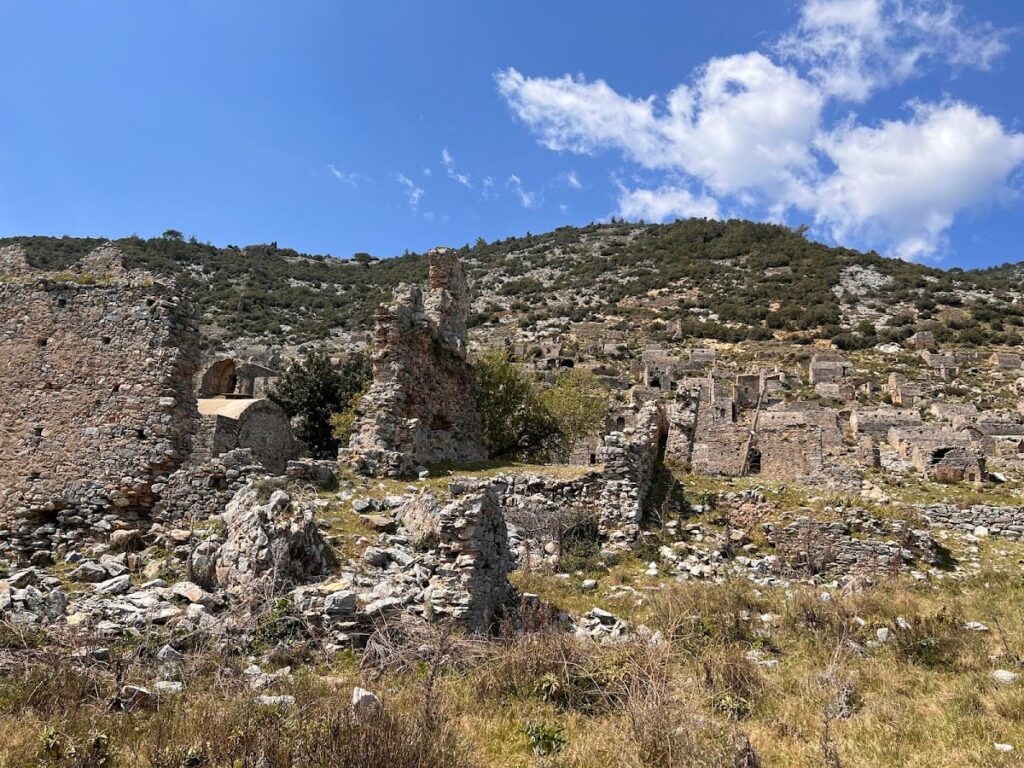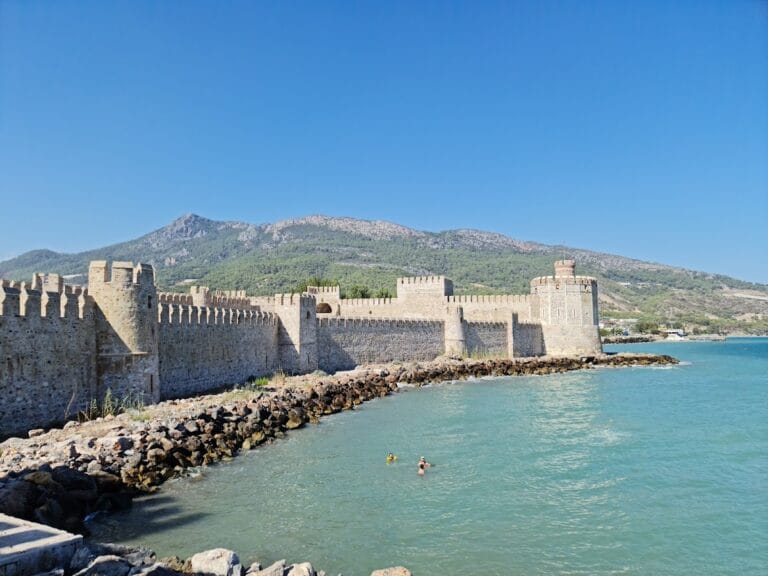Anamurium Ancient City: A Historical Site in Turkey
Visitor Information
Google Rating: 4.7
Popularity: Medium
Google Maps: View on Google Maps
Official Website: instagram.com
Country: Turkey
Civilization: Byzantine, Roman
Remains: City
History
Anamurium Ancient City is situated in the municipality of Anamur in modern-day Turkey. It was originally established as a Hellenistic Greek settlement along the Mediterranean coast of Cilicia, near the southern tip of Asia Minor.
The city first appears in historical records during the 4th century BCE, initially serving as a port under the administration of the nearby city Nagidos. Archaeological finds, including coins bearing the image of Demetrius Poliorcetes, suggest the city’s foundation and early activity during this period. Later in the 4th century BCE, Anamurium became part of the Ptolemaic domain along Cilicia’s coast. This situation changed in 197 BCE when Antiochus III, ruler of the Seleucid Empire, took control of the region.
By 38 CE, under the Roman Empire, Emperor Caligula granted Cilicia, including Anamurium, to Antiochus IV of Commagene. This arrangement placed the city within a semi-autonomous kingdom and marked the beginning of a prosperous era when Anamurium emerged as an important eastern Mediterranean port. Its location was strategically significant, but the city faced frequent threats from pirates and mountainous tribes. Notably, in 51–52 CE, a siege by a tribe from Ktidos was lifted through the intervention of Antiochus IV.
Following this, in 72 CE Emperor Vespasian ended the semi-independent rule of Antiochus IV, reincorporating the city into the Roman province of Cilicia. Anamurium flourished during the 2nd and 3rd centuries CE, as shown by extensive construction, inscriptions, and the minting of local coins. However, the city’s fortunes declined in 260 CE after it was captured by Shapur I, king of the Sassanid Persians. Later administrative changes placed Anamurium within the province of Isauria, with Mopsuestia serving as the provincial center.
The city remained inhabited through late antiquity and was recognized as a Christian bishopric. Bishops from Anamurium are recorded as participating in church councils, including the Council of Chalcedon in 451 CE and the Trullan Council in 692 CE. However, by the mid-7th century CE, the city was largely abandoned, a development likely connected to Arab conquests in nearby Cyprus which made the coastal region unsafe for settlement.
Interest in the site resumed in the early 19th century when the English naval captain Francis Beaufort conducted an exploration in 1811–12. Subsequent archaeological excavations in the 20th and 21st centuries have been led by scholars such as Elizabeth Alfoldi and James Russell, uncovering much of the city’s remains and history.
Remains
The ancient city of Anamurium is laid out in two principal sections: an upper city or acropolis situated on a promontory and a sprawling lower city extending northward. The acropolis occupies a naturally defensible position, surrounded on three sides by steep cliffs and enclosed on the landward side by a medieval wall featuring towers and zigzag entrances. This fortification incorporates elements dating back to the Hellenistic period, indicating a continuity of defensive architecture.
The lower city stretches approximately 1,500 meters north from the acropolis and spans about 400 meters east to west, bounded by a seawall to the east and an aqueduct to the west. Parts of the lower city are covered today by sand dunes, which have preserved certain structures beneath.
Among the prominent public buildings revealed at Anamurium is a large Roman theatre dating to the 2nd century CE. Positioned on the western outskirts of the city near the aqueduct, this open-air theatre served as a center for performances and gatherings. Nearby, a smaller covered odeon or bouleuterion from the 3rd century CE functioned as a council chamber for civic meetings. This building features a semicircular orchestra 31 meters across, with seating arranged in 17 rows capable of accommodating 800 to 900 spectators. The orchestra floor was decorated with mosaics, while the wooden stage fronted a modest backdrop with three doors. A unique vaulted underground corridor surrounds the interior, divided into three aisles and adorned with frescoes and mosaic flooring.
Anemurium was also notable for its extensive bathing facilities, earning a reputation as a spa town. Archaeologists have uncovered three large Roman bath complexes and a smaller bath within the city. These baths, some of which were converted for industrial purposes in later periods, date primarily to the first half of the 3rd century CE. The largest bath complex occupies a city block roughly 100 meters long, located northeast of the odeon and likely supplied with water by the western aqueduct.
Religious life in the city is represented by the remains of four early Christian churches. These structures include mosaic floors featuring geometric designs and inscriptions attributing donations to patrons, reflecting both religious devotion and community involvement.
Civic architecture is further exemplified by an exedra—a semicircular architectural feature that may have been part of a civil basilica or law court—suggesting the presence of legal or administrative functions.
The extensive necropolis lies to the northwest of the city and is among the most well-preserved Roman cemeteries in Asia Minor. Used continuously from the 1st to the early 4th centuries CE, this cemetery contains around 350 tombs that vary widely in complexity. Simpler graves often have barrel-vaulted stone constructions with stepped bases for multiple burials, while more elaborate family tombs include vestibules, secondary chambers, courtyards, and some even have multiple floors. Many tombs are decorated with mosaic floors and wall paintings depicting geometric patterns, floral motifs, clusters of grapes, cupids, the changing seasons, and scenes of dining couples.
Inscriptions recovered from Anemurium highlight aspects of local life and achievements. Among them is a Greek dedication celebrating the wrestling victory of an athlete named Kaikilianos in a pentennial tournament organized by a citizen called Flavianus. Another inscription honors a local athlete who won prizes in several major Panhellenic games, underscoring the city’s cultural connections with broader Greek traditions.
Rising on the opposite end of the coastal plain east of Anemurium is Mamure Castle, a medieval fortress constructed by the Armenian Kingdom of Cilicia and later controlled by the Turks from 1221, connecting the site to the complex layers of regional history beyond antiquity.
